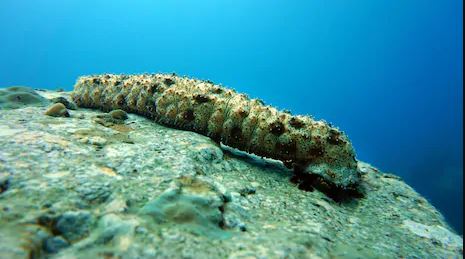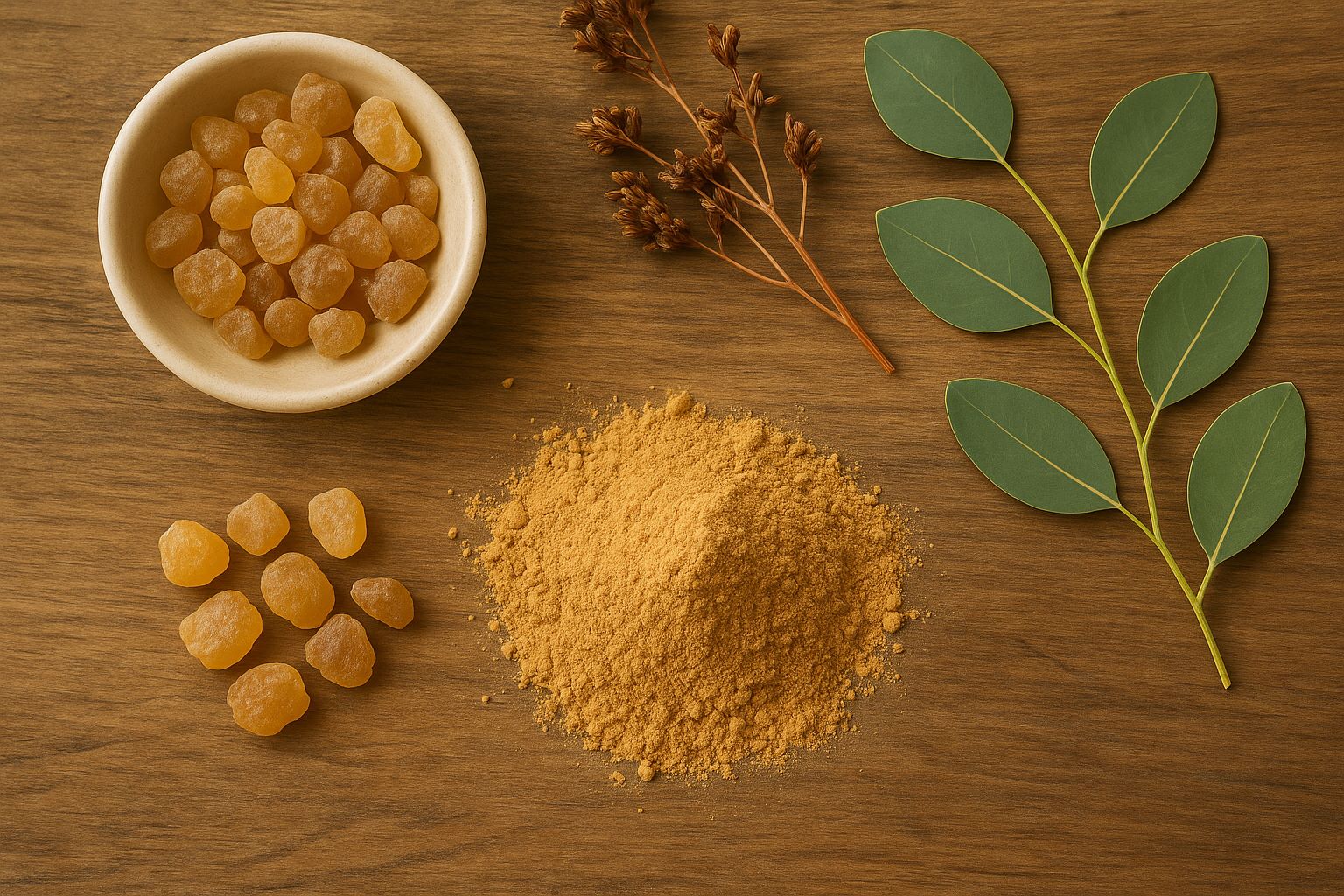Arthritis, with over 100 different types, affects some 65 million Americans. It has long been considered an inevitable part of the aging process. For many years people have been told by their doctors to exercise less, take something for the pain, and learn to live with the disease.
But a great deal has been learned in recent years about the cause and treatment of various forms of arthritis. New understanding has led to new and better methods of treatment. New research shows that the joints of the body develop arthritis because they fail to get the proper circulation of blood, thus hindering nutrient supply to the joints. It could be said that arthritic joints suffer from improper nutrition.
The cartilage in the joint spaces is different from other tissues in the body. There is no blood supply to the cartilage, and as a result, no direct supply of nutrients. The cartilage must absorb nutrients from the fluid that surrounds it, through a process known as imbibition, which mimics the action of a sponge, pushing those essential nutrients such as blood, oxygen, and vitamins and minerals into the joint space.
The primary drugs used in the treatment of many of the forms of arthritis are nonsteroidal, anti-inflammatory drugs (NSAIDs), a category that includes aspirin. Although these drugs are used extensively in the United States, and may produce short-term relief, research is showing that these drugs may be accelerating joint destruction and cause many other clinical problems later on.
A common underlying complaint in those patients suffering from arthritis is pain and inflammation. The "inflammatory cascade" that takes place produces the symptoms of arthritis: redness, swelling and temperature changes. It results from the stimulation of responsive cells, such as mast cells, by various physical, chemical, and immunological factors. Activation of the "arachidonic acid cascade" releases a class of inflammatory compounds called leukotrienes. Leukotrienes activate macrophages, monocytes and neutrophils, making them undergo chemotactic response and oxidant release. Arachidonic acid is an essential oil found in all human cell walls. Once traumatized, arachidonic acid is released into circulation precipitating the inflammatory process.
Recent research has found that the inflammatory process and the subsequent pain are also modulated by a group of polypeptide substances known as cytokines. Various nutrients have been shown to modify the production and biological activity of these cytokines. Work at Tufts University has shown that nutrients like vitamin E, omega-3 EPA, and other members of the antioxidant family all have an impact on the release of these cytokines. So, to review, many agents trigger the inflammatory cascade, which ultimately results in pain and inflammation.
It has come to my attention, that a substance which grows naturally of the Great Barrier Reef in Australia has tremendous anti-inflammatory properties. It also appears to serve as a chondroprotective agent, an agent which promotes the repair of cartilage by stimulating anabolic metabolism of chondrocytes and/or inhibiting catabolic processes found in arthritis.
Although I don't know why the exact biochemical mechanism sea cucumber, I have seen some remarkable clinical results in my practice. Since these inflammatory as well as degenerative conditions fall under the category of "oxidative stress" conditions, the possibility that sea cucumber has some anti-oxidant effect cannot be overlooked. As previously mentioned, sea cucumber has been shown to be effective in reducing the pain and inflammation seen in the arthritic and traumatized patient.
It has been my experience that in acute conditions the dosage should be 500 mg. of sea cucumber taken 4x/day. After about 7-10 or as symptoms diminish, the dosage can be maintained at 500 mg. 2x/day.
The following serves as a list of conditions that have responded favorably to the administration of sea cucumber. Sea cucumber has been shown in studies to reduce blood pressure, help in the healing of ulcers, joint pain to include injury to soft tissue as well as joint trauma, bursitis, prostatitis, and lower back pain to include sciatica.
I have reviewed my files to include some interesting case where sea cucumber has been shown to be effective.
Patient #1:
63-year-old white male teacher with 15 year history of bilateral knee pain. Unable to stand long periods of time or walk without extreme pain. Some swelling found bilaterally, tender to touch. Patient had been on anti-inflammatory medications on and off, presently taking Tylenol as per need. No other supplementation except a daily multiple. Placed on sea cucumber (4x/day), within 14 days, patient reported 50 percent improvement in symptoms, able to walk 15 blocks without pain. Notes decreased swelling and increased range of motion.
Patient #2:
58-year-old female with right-sided hand and finger pain. Unable to clench hand or hold anything in the hand without pain. Some weakness in the hand. Redness and swelling in several fingers of the hand. She had been taking a wide variety of pain medications to include NSAIDs at the time of her visit. Previous diagnosis of rheumatoid arthritis with DJD at C4, C5. She was placed on a rotational diet which included the removal of wheat and dairy from here diet, and taking sea cucumber 4x/day. I'm glad to say that as of this writing she reports a 75 percent improvement in her pain. Dynamometer grip strength shows a marked improvement.
Patient #3:
27-year-old-male, executive banker, works out a least three times a week at local health club; jogs, loves to bike. Presented with lower back pain with right sided sciatica. X-rays indicate early DJD at L4, L5. Sea cucumber was added to his regime of spinal manipulation. Pain free within four days of taking the sea cucumber.
It is my opinion that sea cucumber offers pain relief in a fast, nontoxic way. It should be considered by all physicians who not only treat musculoskeletal conditions, but deal with people in pain.
Source: dynamicchiropractic.com







